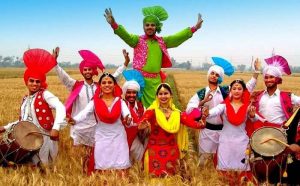
In today’s competitive culinary landscape, restaurants are expected to serve not only excellent food but also to operate with environmental and financial responsibility. One of the most impactful ways to achieve both is through effective waste management. Waste is an inevitable byproduct of the food service industry, yet with proper procedures, staff training, and a commitment to sustainability, it can be dramatically reduced—resulting in significant cost savings, operational efficiency, and an enhanced brand image.
Food waste alone costs the global hospitality industry billions of dollars annually. It often stems from over-purchasing, poor inventory rotation, incorrect portioning, and lack of awareness among kitchen and service staff. Left unmanaged, waste quickly becomes a financial burden and an environmental concern. However, with strategic planning and consistent processes, restaurants can transform their waste management practices and improve overall business outcomes.
1. Implementing Procedures and Processes
A structured approach to waste management begins with clear procedures. This includes standardized portion sizes, inventory tracking systems, and clearly marked storage areas with a first-in, first-out (FIFO) rotation policy. These processes not only reduce spoilage and overproduction but also give management better control over food costs and stock levels. By measuring waste at each stage—preparation, service, and post-consumption—restaurants can identify patterns and make data-driven adjustments to menus and purchasing habits.
2. Training the Team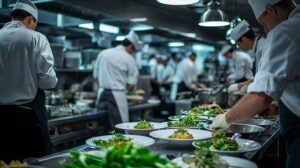
The effectiveness of any waste management plan relies heavily on staff awareness and engagement. Kitchen staff, servers, and even dishwashing personnel play pivotal roles in either contributing to or preventing waste. Comprehensive training ensures that every team member understands the importance of waste reduction, how to implement best practices, and how their actions affect the broader business. Role-specific training, regular feedback, and incentive programs can significantly enhance compliance and foster a culture of sustainability.
3. Environmental and Financial Benefits
Restaurants that actively reduce waste not only save on costs but also appeal to increasingly eco-conscious consumers. By diverting organic waste to compost, donating excess food to local charities, or partnering with waste-to-energy programs, businesses contribute positively to their communities and reduce their environmental footprint. These actions often improve brand reputation and can be used as part of a restaurant’s marketing and corporate social responsibility strategies.
4. Monitoring and Continuous Improvement
Waste management is not a one-time initiative—it requires ongoing review and adaptation. Regular audits, feedback sessions with staff, and updated training keep the system agile and effective. As technologies and sustainability standards evolve, restaurants must remain proactive in adopting new solutions, such as digital waste tracking systems or AI-driven inventory management tools, which can further streamline operations.
By integrating waste management into the core operations of a restaurant, businesses not only meet modern expectations but also build a more resilient, profitable, and sustainable future.
Key Tips for Effective Restaurant Waste Management:
-
Establish clear waste tracking procedures at every stage of food handling.
-
Train all staff regularly on waste reduction practices and their individual responsibilities.
-
Optimize inventory systems and enforce FIFO to minimize spoilage.
-
Partner with local food banks or composting facilities to repurpose unavoidable waste.
If you would like to know more about how to improve your sustainability and reduce waste, please contact us via this Email
 WAMC is always looking out for companies that show a passion for their products with a flare that is matched only by their enthusiasm to grow and develop. Then there are those times when we stumble across a company that simply fits with our idea of what a true company is. They position themselves above others, with respect for their industry, their clients and their environment. This is one of those companies and we are proud to officially announce
WAMC is always looking out for companies that show a passion for their products with a flare that is matched only by their enthusiasm to grow and develop. Then there are those times when we stumble across a company that simply fits with our idea of what a true company is. They position themselves above others, with respect for their industry, their clients and their environment. This is one of those companies and we are proud to officially announce 
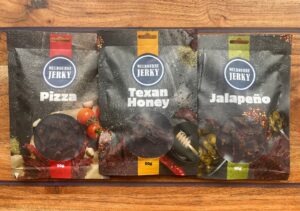
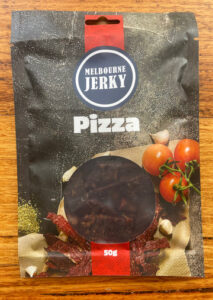
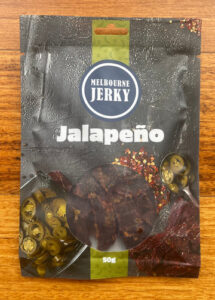
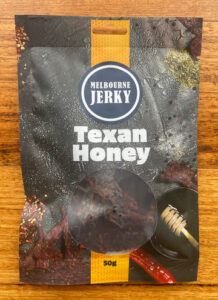
 Michael Dunne’s passion for this product emerged from never having consumed traditional soft drinks as a child. By crafting his own healthy, thirst-quenching, sparkling beverage, he could enjoy the pleasures of a real soda, without the guilt of sugar or artificial flavours. As a trained chef, Michael created a “better for you” drink that was made from real ingredients, without artificial flavours, that has all the goodness of apple cider vinegar.
Michael Dunne’s passion for this product emerged from never having consumed traditional soft drinks as a child. By crafting his own healthy, thirst-quenching, sparkling beverage, he could enjoy the pleasures of a real soda, without the guilt of sugar or artificial flavours. As a trained chef, Michael created a “better for you” drink that was made from real ingredients, without artificial flavours, that has all the goodness of apple cider vinegar. 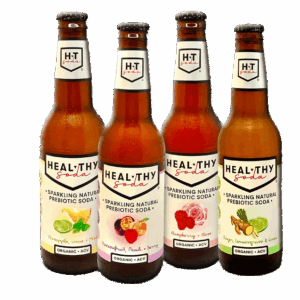

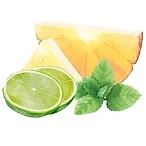



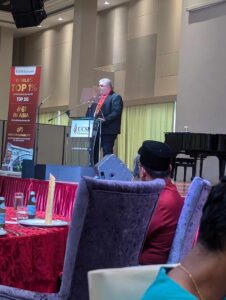 Prof. Ferguson spoke about the importance of global networking and building strong relationships across cultures. His inspiring speech gave light into how WAMC is able to ignite the opportunities of students to reach for the stars.
Prof. Ferguson spoke about the importance of global networking and building strong relationships across cultures. His inspiring speech gave light into how WAMC is able to ignite the opportunities of students to reach for the stars.
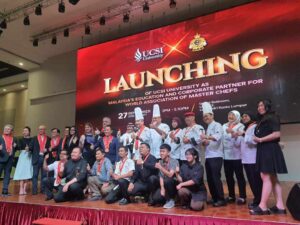



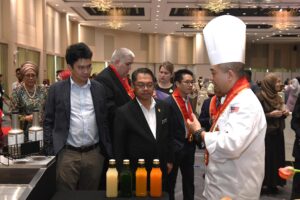

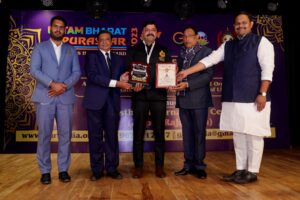
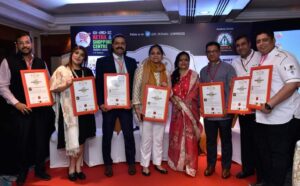
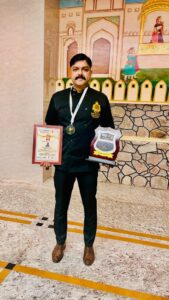

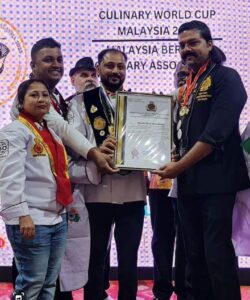
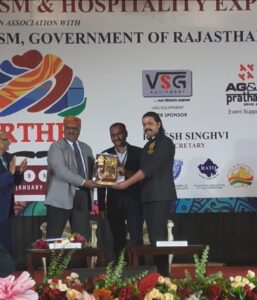
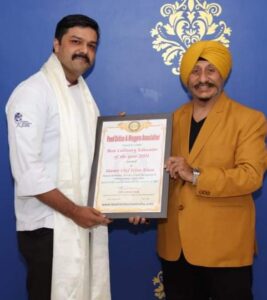



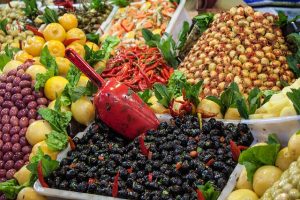
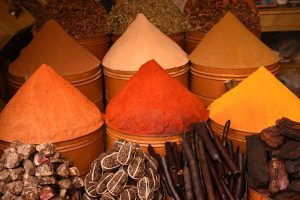
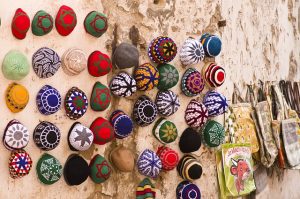
 The World Association of Master Chefs has a formal chapter located in Tunisia and under the direction of Master Chef Noureddine Miladi and Global Vice President Evan Carlo, Tunisia businesses are about to take their next step into international development within the Hospitality and Tourism industries as formal partners with WAMC. WAMC representatives were also presented with a bottle of the World’s best Oilve Oil as voted on within the industry.
The World Association of Master Chefs has a formal chapter located in Tunisia and under the direction of Master Chef Noureddine Miladi and Global Vice President Evan Carlo, Tunisia businesses are about to take their next step into international development within the Hospitality and Tourism industries as formal partners with WAMC. WAMC representatives were also presented with a bottle of the World’s best Oilve Oil as voted on within the industry.

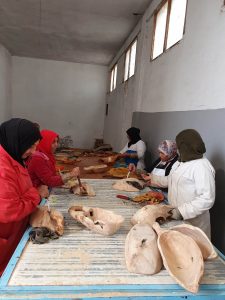


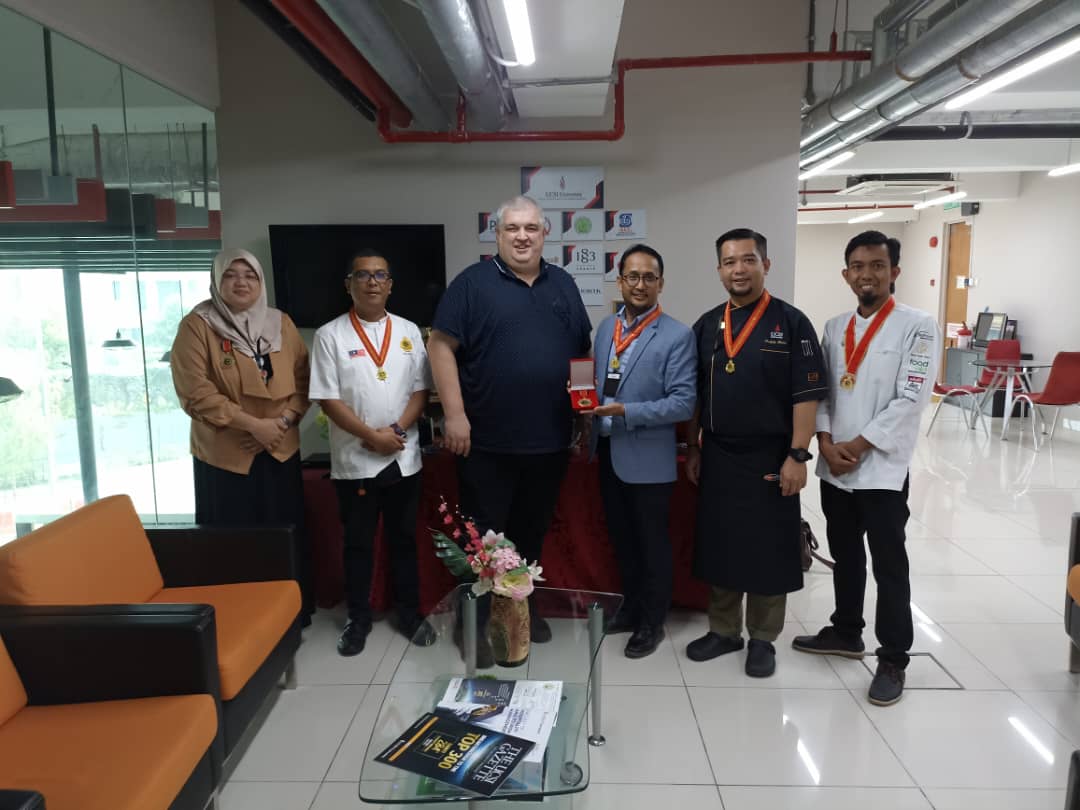
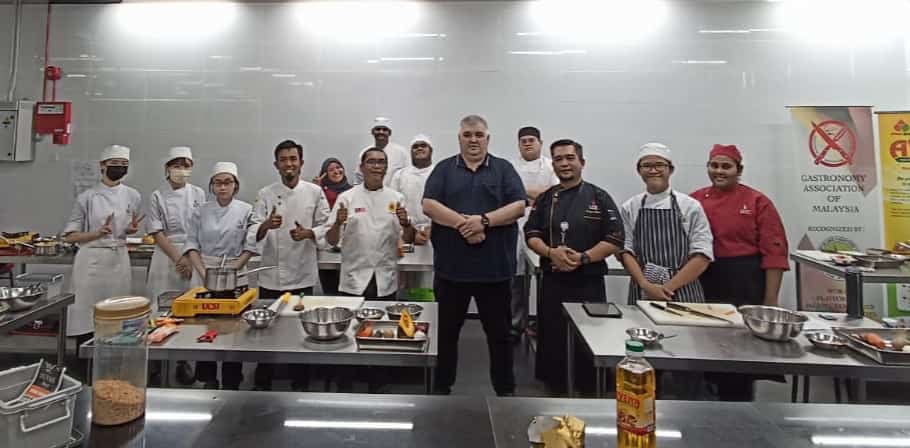
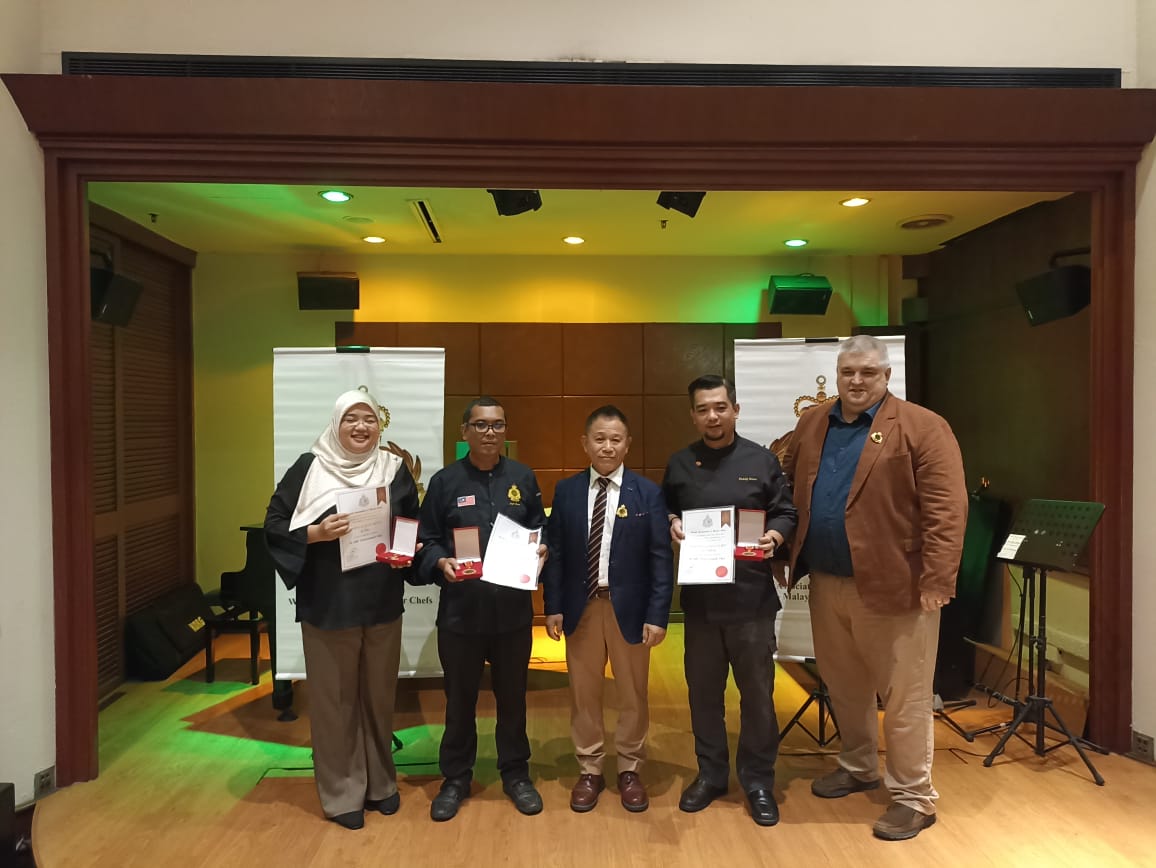
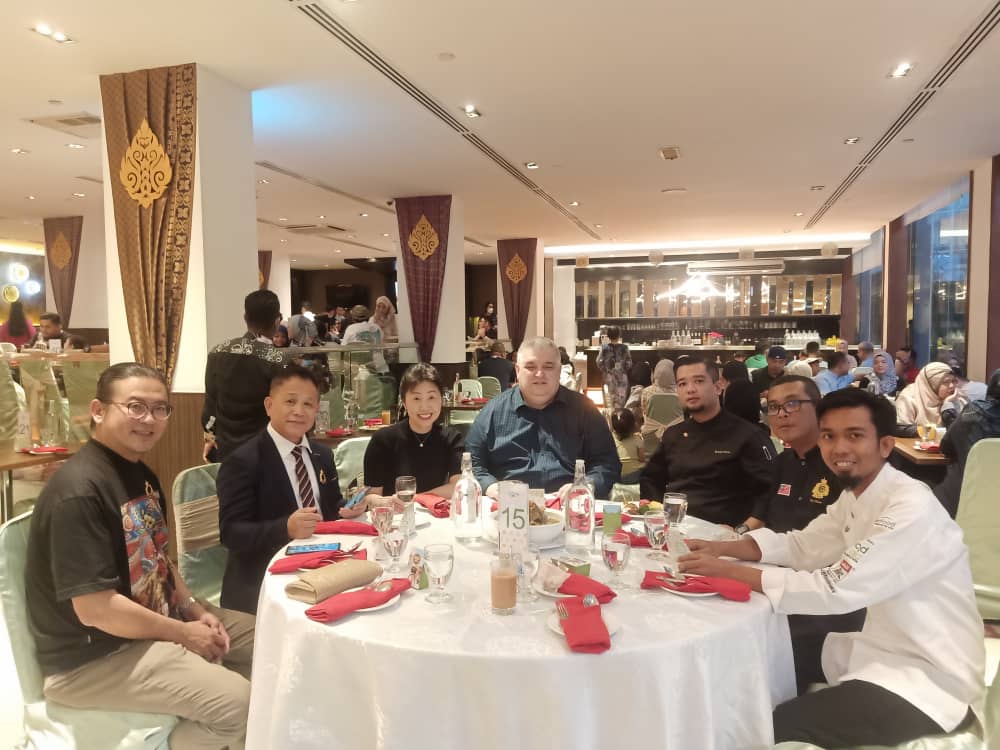
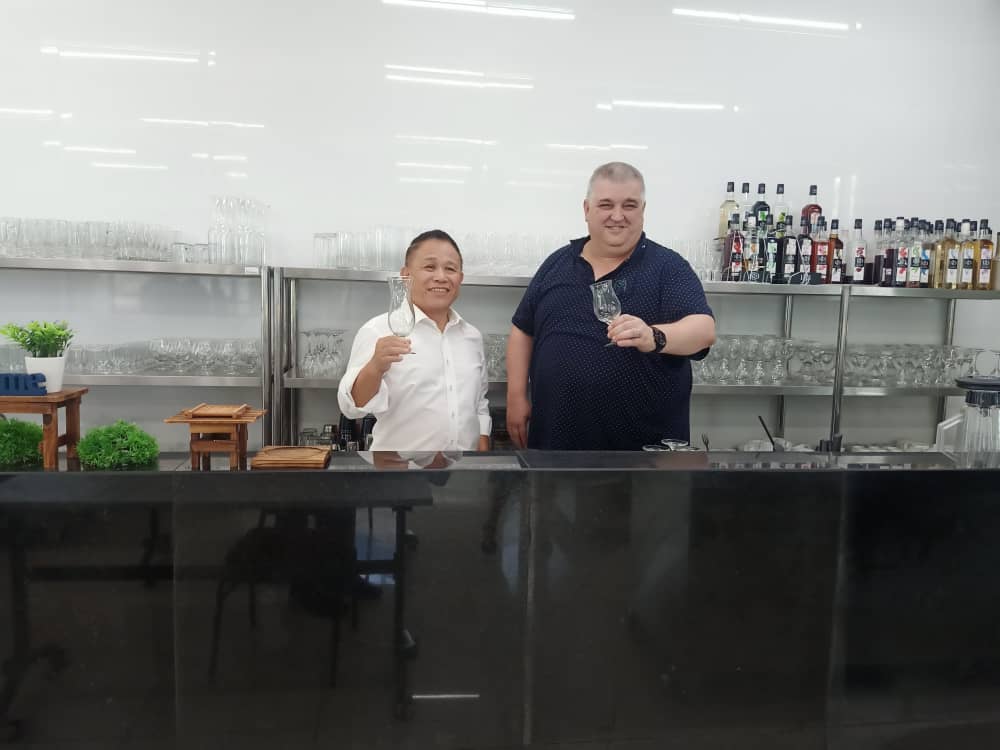
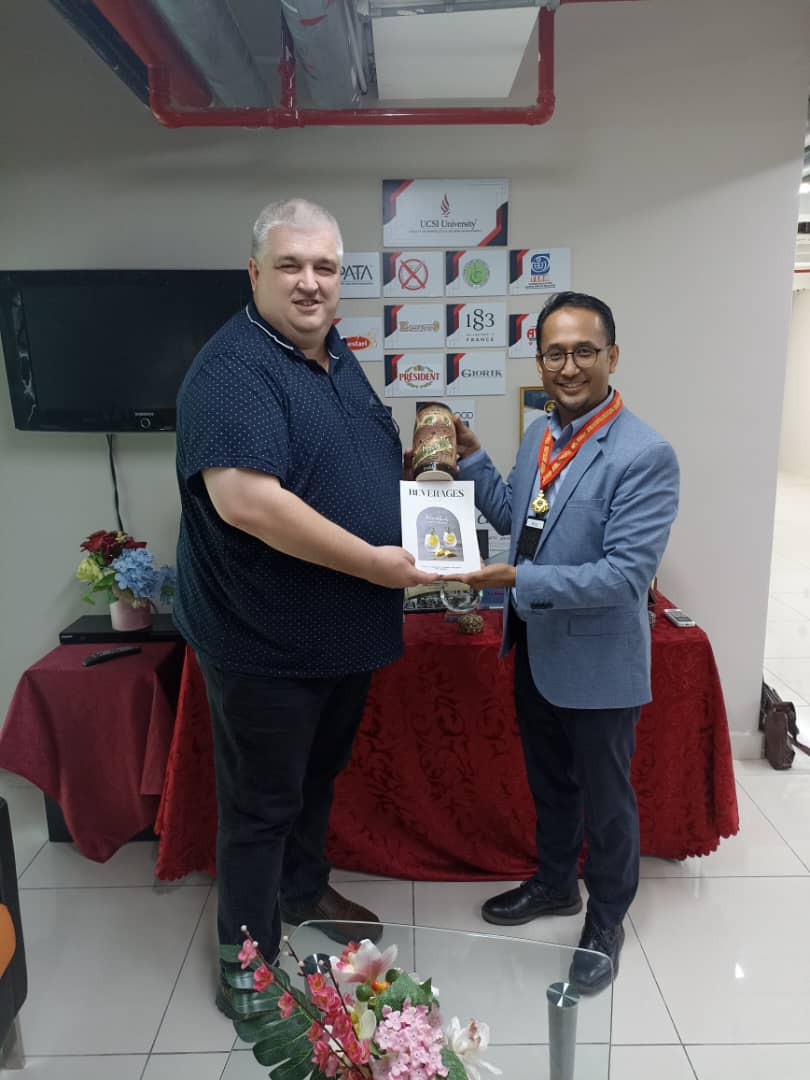
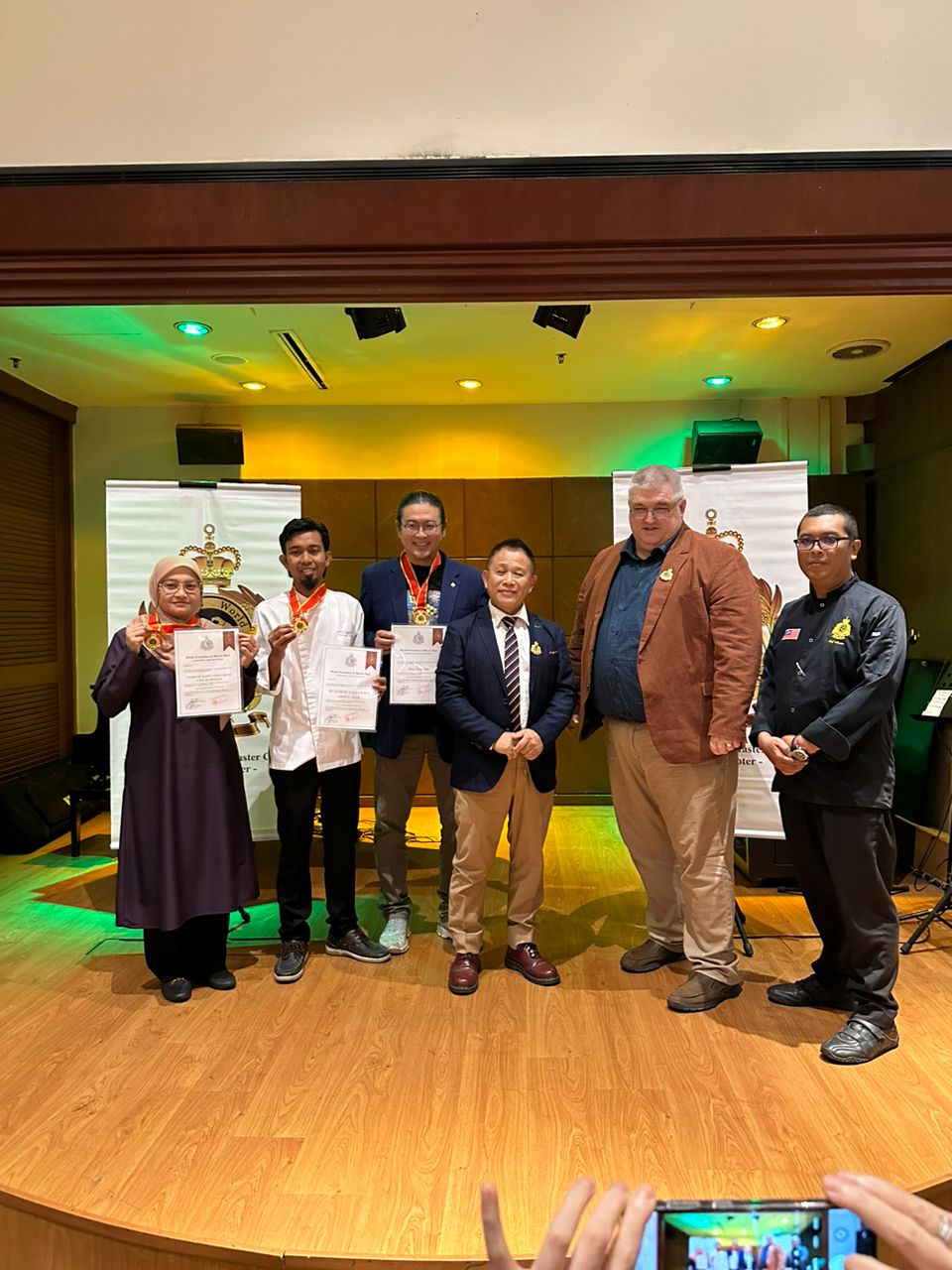
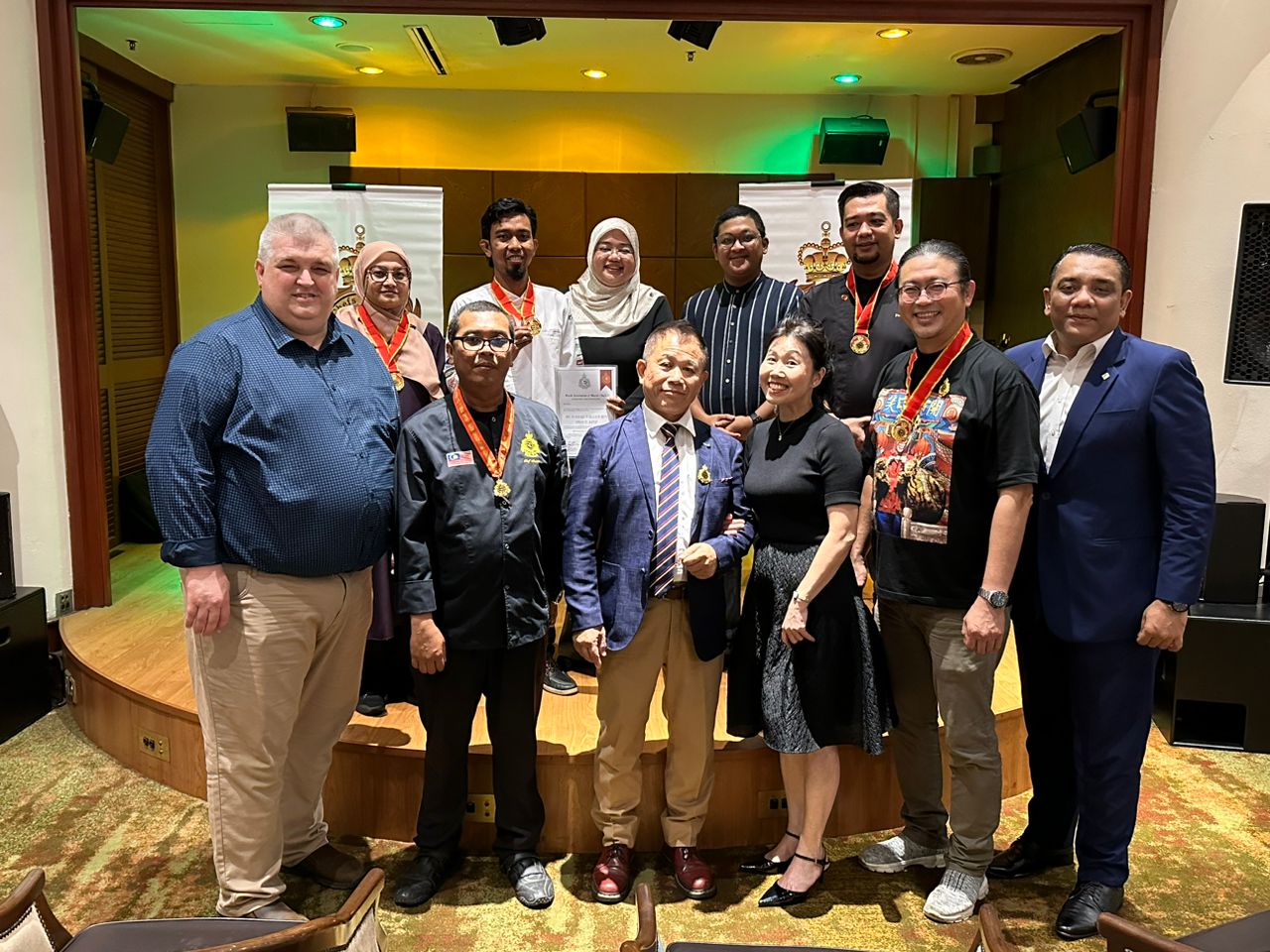

 Hindu Community celebrates Diwali, Holi, Makar Sakranti, Ganesh
Hindu Community celebrates Diwali, Holi, Makar Sakranti, Ganesh Eating with our Fingers (without Cutlery)is part of the Indian culture. It is believed That There are several health benefits from eating with your hands such as:-
Eating with our Fingers (without Cutlery)is part of the Indian culture. It is believed That There are several health benefits from eating with your hands such as:-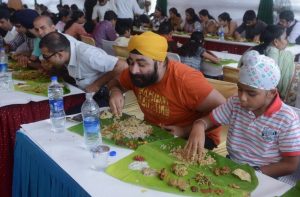
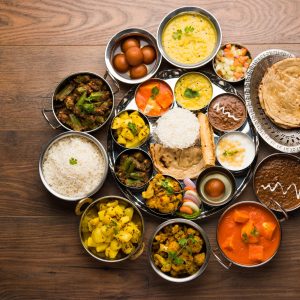 Traditional foods of India are often based on a holistic approach to nutrition, as required by local people. Such foods are prepared with locally available ingredients and found to have its own therapeutic and nutritional benefits. Religion and Food are also connected which adds meaning and significance to our lives. Some food beliefs and practices are based on religion.
Traditional foods of India are often based on a holistic approach to nutrition, as required by local people. Such foods are prepared with locally available ingredients and found to have its own therapeutic and nutritional benefits. Religion and Food are also connected which adds meaning and significance to our lives. Some food beliefs and practices are based on religion. Indian Spices are world-famous for their flavor, fine texture, and Aroma. every single spice used in Indian dishes carries some or other nutritional as well as medicinal properties.
Indian Spices are world-famous for their flavor, fine texture, and Aroma. every single spice used in Indian dishes carries some or other nutritional as well as medicinal properties.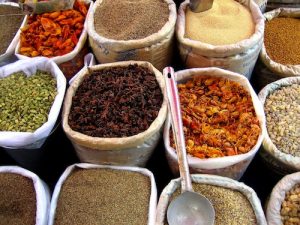 Indian food is different from the rest of the world not only in taste but also in cooking methods. It reflects a perfect blend of various cultures and Traditions.
Indian food is different from the rest of the world not only in taste but also in cooking methods. It reflects a perfect blend of various cultures and Traditions.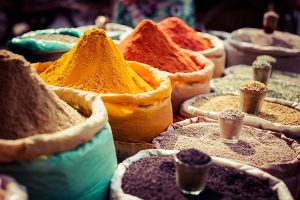 its fish and coconut milk-dominant cuisine. Gujarati cuisine is mostly vegetarian and has an underlying sweetness to many of its dishes due to Chinese influence. Since the dry climate of this region produces smaller vegetables, this region is well known for its chutneys, which are popular Indian condiments that use cooked, fresh, or pickled vegetables and fruits with sweet, sour, or spicy flavors. Goa acted as a major trade port and colony for Portugal, resulting in a distinctive and unique blend of Indian and Portuguese culinary elements. Goan cuisine uses pork and beef with greater frequency than other regional cuisines in India. Vinegar is also a characteristic ingredient of Goan cuisine, another result of Portuguese influence. The prevalence of coconut milk, coconut paste, and fish in Goan cuisine results from its coastal location. Vindaloo is a traditional Goan dish that is an Indian restaurant mainstay, its name deriving from Vinho de Alho, a Portuguese marinade consisting primarily of garlic, wine, vinegar, and chilies.
its fish and coconut milk-dominant cuisine. Gujarati cuisine is mostly vegetarian and has an underlying sweetness to many of its dishes due to Chinese influence. Since the dry climate of this region produces smaller vegetables, this region is well known for its chutneys, which are popular Indian condiments that use cooked, fresh, or pickled vegetables and fruits with sweet, sour, or spicy flavors. Goa acted as a major trade port and colony for Portugal, resulting in a distinctive and unique blend of Indian and Portuguese culinary elements. Goan cuisine uses pork and beef with greater frequency than other regional cuisines in India. Vinegar is also a characteristic ingredient of Goan cuisine, another result of Portuguese influence. The prevalence of coconut milk, coconut paste, and fish in Goan cuisine results from its coastal location. Vindaloo is a traditional Goan dish that is an Indian restaurant mainstay, its name deriving from Vinho de Alho, a Portuguese marinade consisting primarily of garlic, wine, vinegar, and chilies. Let’s talk about Eastern Indian cuisine. it is primarily known for its desserts. These desserts are not only favored by other regions in India but are frequently found at Indian restaurants, their light sweetness making an excellent finale to a meal. Rasgulla is a popular sweet treat consisting of semolina and cheese curd (chenna) balls that are boiled in a light sugar syrup. Eastern dishes favor mustard seeds, poppy seeds, and mustard oil, giving dishes a light pungency. Rice and fish also feature prominently in Eastern cuisine. Overall, Eastern dishes are more lightly spiced than those from other regions of India.
Let’s talk about Eastern Indian cuisine. it is primarily known for its desserts. These desserts are not only favored by other regions in India but are frequently found at Indian restaurants, their light sweetness making an excellent finale to a meal. Rasgulla is a popular sweet treat consisting of semolina and cheese curd (chenna) balls that are boiled in a light sugar syrup. Eastern dishes favor mustard seeds, poppy seeds, and mustard oil, giving dishes a light pungency. Rice and fish also feature prominently in Eastern cuisine. Overall, Eastern dishes are more lightly spiced than those from other regions of India.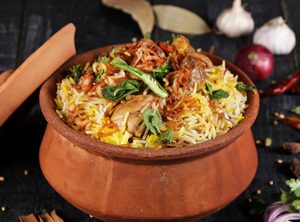 On the other hand, Southern Indian cuisine is not typically found on many Indian restaurant menus and differs greatly from other regions. Its “curries” contrast differently in their textures and can typically be categorized according to the drier consistency, or those favoring a more soupy or stew-like presentation. Poriyals, dry curries consisting of a variety of vegetables and spices, accompany rice dishes. Sambars, rasams, and kootus, three common stew-like dishes, each differs in their primary ingredients and degrees of liquidity. Sambars are essentially tamarind-flavored pea and vegetable stews that are more watery than curries from other regions but are thicker than rasams. Rasams are more similar to soups in their consistency and are composed primarily of tomato, tamarind, and a myriad of spices.
On the other hand, Southern Indian cuisine is not typically found on many Indian restaurant menus and differs greatly from other regions. Its “curries” contrast differently in their textures and can typically be categorized according to the drier consistency, or those favoring a more soupy or stew-like presentation. Poriyals, dry curries consisting of a variety of vegetables and spices, accompany rice dishes. Sambars, rasams, and kootus, three common stew-like dishes, each differs in their primary ingredients and degrees of liquidity. Sambars are essentially tamarind-flavored pea and vegetable stews that are more watery than curries from other regions but are thicker than rasams. Rasams are more similar to soups in their consistency and are composed primarily of tomato, tamarind, and a myriad of spices.